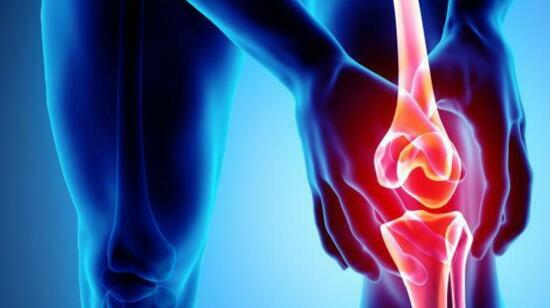
The posterior cruciate ligament, or PCL, is a small but crucial ligament located in the rear of the knee. It is one of four significant bands that span the knee joint and unite the upper leg’s and lower leg’s bones. When it comes to the PCL, the tendon departs with the goal of connecting the tibia and femur (thigh) (shin).
Think of the knee ligaments as long ropes or rubber bands that link the bones and support the knee joint. Each band maintains the knee in place in a certain way. The tibia’s position must be maintained and any backward movement must be limited by the PCL. Due of its location, a strong force
This ligament must be strained or ripped in order to do so, and it is typically torn together with other ligament injuries or knee bone fractures.
How exactly does one suffer a damage to this ligament, especially one that necessitates a pcl reconstruction? In order to learn some of the typical ways that PCLs become strained or torn, let’s go through a few instances.
An illustration of an injury requiring PLC repair
Illustration 1: A senior citizen patient falls
Mrs. Bonde is still residing in her own house at the age of 85. She functions rather well and is still able to move around and finish routine duties. She slips over a gap on the sidewalk while watering her flowers out front. directly onto the pavement, knees first. Her knees sag as she descends, striking the front of the leg and knee directly. She complains to her doctor over a sore, swollen knee. Although she can still walk on it, the discomfort keeps her up at night. The posterior cruciate ligament suffered a low grade sprain, according to the MRI data. Mrs. Johnson can forgo PCL reconstruction and choose a non-surgical course of treatment with the use of a brace, some rest, and regular physical therapy.
Illustration 2: A basketball injury
Drew is a college basketball player in division 3. He jumps to stop a shot during a game, but as he is bumped by another player, it causes his legs to come out from under him. He is the one who first hits the ground and leaves the action limping. Because he didn’t hear the customary “popping” sound associated with a ripping ligament, he felt he couldn’t have an injury to a knee ligament. However, his knee remains swollen after the game, and the head athletic trainer’s examination indicates that it is a knee injury—likely a partial pcl tear. Drew is collaborating with an orthopaedic expert to choose the best course of action.
Illustration 3: A Car Accident
Fortunately, the most serious injury Janine suffered in a recent vehicle accident was a burst pcl, which will need to be repaired with a graft. She had been seated in the car’s passenger seat when her knees flew forward into the dashboard upon impact. One knee only has severe scrapes and bruises, whilst the other has a torn pcl and a knee cap fracture. Janine is anticipating the day of her procedure. She currently need crutches to walk since her knee frequently gives out totally and her tibia bone shifts as she moves.
Although they are less frequent than other knee ligament injuries, pcl injuries do occur in circumstances like those mentioned above. An injury to this specific ligament can occasionally be challenging to identify, but once one is, the doctor will typically describe it as a certain grade level sprain. the distinctive levels based on the intensity, several treatments will be needed. The majority of minor rips are actually treatable without surgery. In fact, because patients frequently report no symptoms of functional instability, even the most serious injuries, known as Grade 3 injuries, can sometimes be treated without surgery. However, surgical repair is necessary for those who still experience functional pcl instability. This treatment involves drilling holes through the tibia and femur and arthroscopically inserting a new grafted ligament into the knee.
You might have a torn PCL if you have a direct hit to the front of your knee and are displaying any of the symptoms listed below:
Knee stiffness and discomfort
Walking with a limp to make up for weakness in the unstable knee, feels like it might “give out”
The posterior cruciate ligament, or PCL, is a small but crucial ligament located in the rear of the knee. It is one of four significant bands that span the knee joint and unite the upper leg’s and lower leg’s bones. When it comes to the PCL, the tendon departs with the goal of connecting the tibia and femur (thigh) (shin).
Think of the knee ligaments as long ropes or rubber bands that link the bones and support the knee joint. Each band maintains the knee in place in a certain way. The PCL is tasked with maintain the tibia’s position and limit its backward movement. This ligament is difficult to sprain or tear because of its position, and it is typically damaged together with other ligament injuries or knee bone breaks.
You might have a torn pcl if you have a direct hit to the front of your knee and are displaying any of the symptoms listed below:
Knee stiffness and discomfort, swelling that appears immediately after an injury, Making up for knee weakness by limping when walking,unstable knee, feels like it might “give out”




